In its early quest to expand its range and break away from the Beetle, Volkswagen experimented with a variety of different vehicles under its EA (Entwicklungsauftrag) or ‘development assignment’ programme. Needless to say, some prototypes turned out to be more successful than others…
Incredibly, in the period between mid-1953 and the end of 1956, Ghia produced 15 different prototypes for VW, and EA 47-12 (below) was the twelfth. The similarity to the Karmann Ghia is obvious but the prototype obviously had seating for four, more glass area and a higher, more practical roofline.
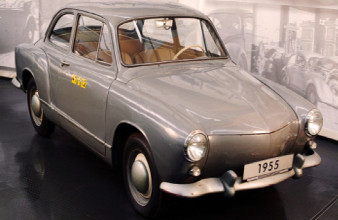
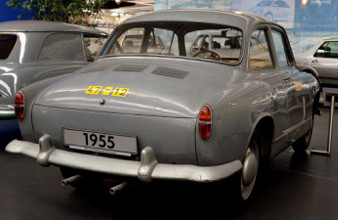
The EA 97 (below) was, as far as we are aware, designed in-house and adopted styling cues from the Type 3 which was being developed at the same time, albeit with a more blunt front end. Work started on EA 97 in 1957 but after a pilot run of 2000 cars the project was abandoned. It was deemed too close in concept to the Beetle and the Type 3. That said, in 1969 it formed the blueprint for the Brazilian made Brazilia which continued until 1982. Though much smaller, we can see a certain resemblance with the front end treatment to the NSU Prinz 4 which broke cover in 1961.
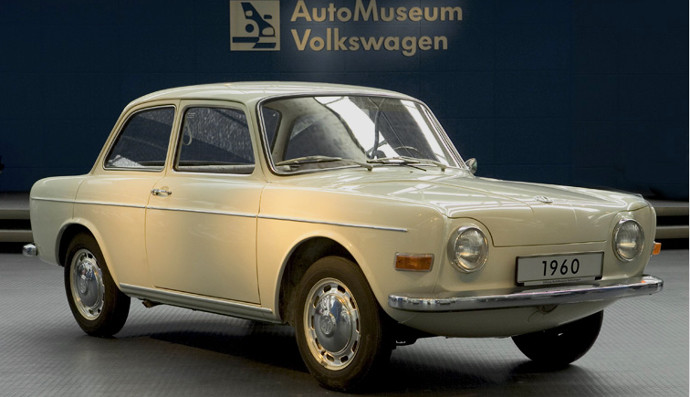
Moving swiftly on, while developing the Type 4 (which finally made its debut in 1968) Volkswagen experimented with a variety of different body styles – including the elegant EA 142 (below) which was created two years earlier. VW stayed loyal to the rear engine configuration but obviously decided to switch to a fastback design for the Type 4 instead of going the way of the Audi 80 which first appeared in 1968. Perhaps, again, the two designs were just too close for comfort…
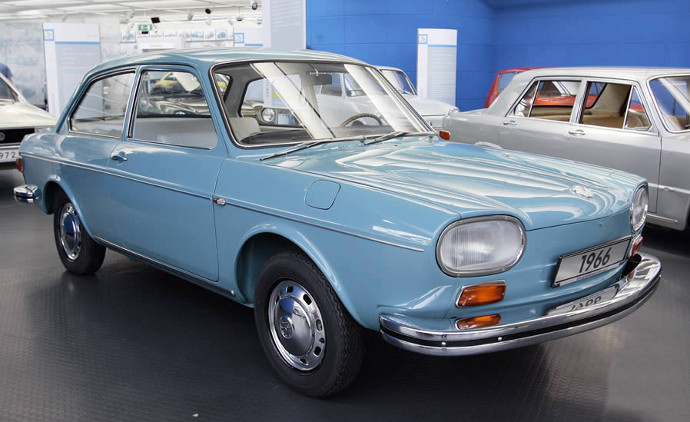
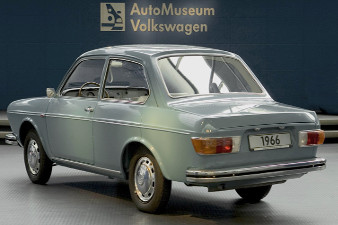
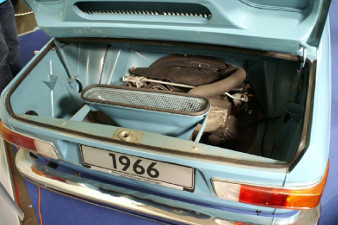
The EA 276 with its boxy hatchback design (below) was a huge departure that lead ultimately to the Golf. Amazingly, this prototype dates back to 1969 – five years before the launch of the first Golf. To help keep development costs down, under the bonnet of this one-off static prototype was a familiar air-cooled flat four. Thankfully the square headlamp look at the front was dropped in favour of a sharper design with rounded headlamps – we can’t help think this looks uncannily like a Yugo!
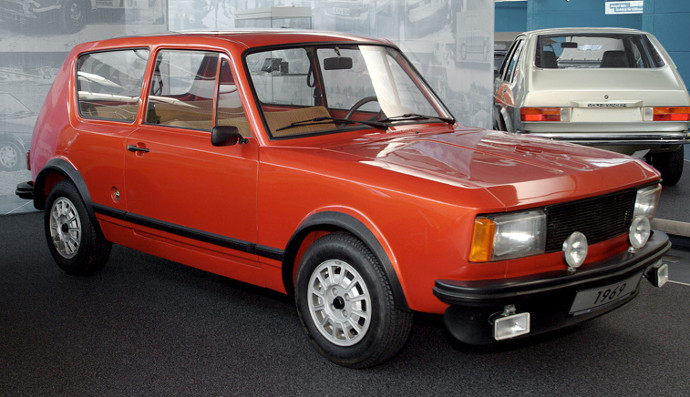
More innovative still was the EA 266 from 1969 (below) which featured a water-cooled four-cylinder 1.6 mounted under the rear seats to save space. However, that clever tucked away mid-engine location led to engine reliability problems, while the prospect of high servicing costs due to poor accessibility was the final nail in the coffin for what would have been an exciting project.
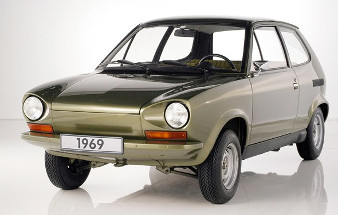
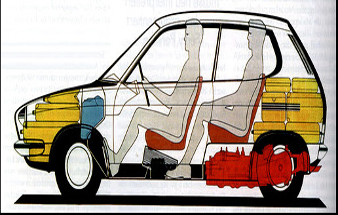
The EA 272 front-wheel drive concept was developed at the start of the 1970s and featured a transversely mounted water-cooled engine. The Audi 80 concept proved more popular although some of the technology used here finally saw the light of day with the launch of the Passat in 1973. Perhaps I am being a bit mischievous here, but I reckon the profile bares a vague resemblance to a scaled down Renault 20 (1975-‘84). And those wheels look very ‘Renault’ to me…
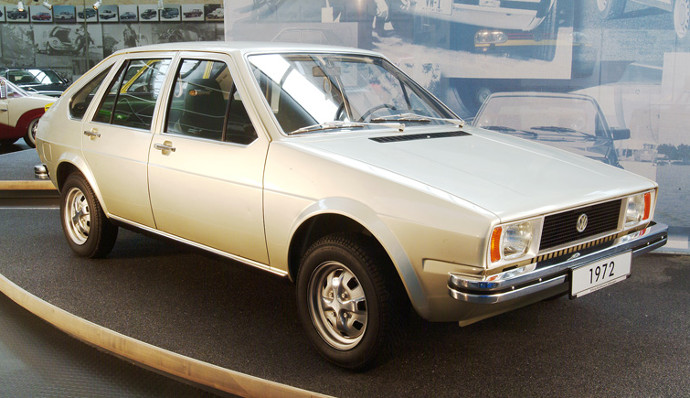
To finish off here’s something to raise a smile – or get you reaching for the sick bucket. Meant possibly as a replacement for the Beetle (yes, really) this 1977 creation from German stylist Luigi Colani was intended to slot in between the Polo and Golf. It doesn’t seem to have used much from the VW parts bin, but we’re pretty sure its tail lights are from a Type 4. But what’s with the shower head front end treatment?
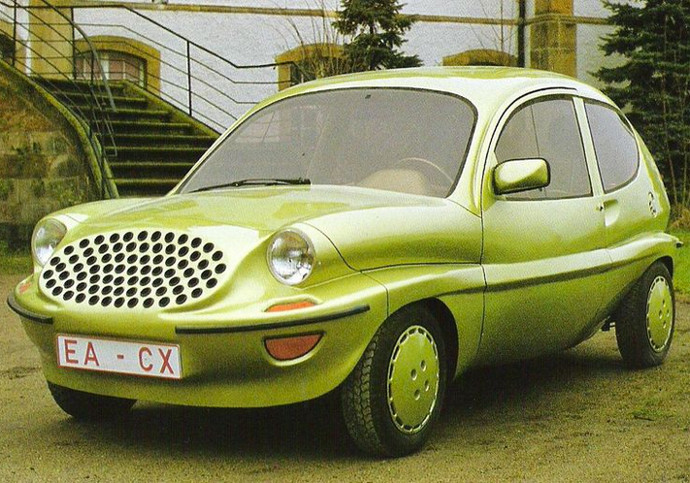
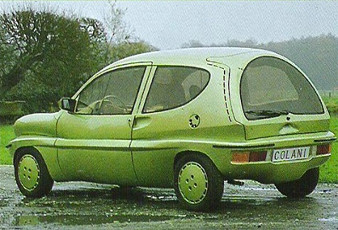
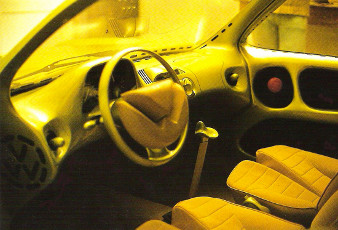
Those rims look vaguely like they’re from a Porsche catalogue, but they obviously didn’t make anything that small. We’re not sure what platform it’s based on, possibly a Polo, or indeed whether it’s front or rear engine. Although judging by the holes in the bonnet, we’d expect the former. Inside it’s just as, ahem, futuristic. We can’t help but think some kind of orchid has inspired the gearlever knob and the joystick controls in the dash and door sections. The split base seats are a bit different too. And check out that steering wheel – it’s a VW logo Muppets style.
Colani, being a bit of a one for baggy knitted jumpers and flambouyant scarfs, was famed for his ‘biodynamic’ curvy designs and also styled cars for Fiat, Alfa Romeo, Lancia and BMW. So, despite looking pretty awful, there was a serious side to his work with VW.
Ian
The opinions expressed here are the personal opinions of the author and do not necessarily represent the views and opinions of VW Heritage


Two questions
1 – Is it known what the exact dimensions were for the EA97 prototype relative to both the Type 1 and Type 3?
2 – While the only EA266 prototypes shown were 2-door (technically 3-door) and there were plans for it to form the basis of other variants, is it known whether there were plans for a 4-door (technically 5-door) bodystyle in the unlikely event it was approved for production?